TPW TV – Up on the (Green) Roof
Friday, November 16th, 2018This is Passport to Texas
The new public library in Austin is an oasis in the midst of a steel and concrete desert.
[opens w/ambience] This is the, uh, rooftop garden, which we also call the butterfly garden.
John Gillum is library facilities manager. Native plants sway in the breeze six stories above busy thoroughfares.
It is a green roof. It means a roof that’s actually landscaped. We wanted to do something to help out our little pollinators. We will do anything we can to attract them. If we can come up with different plants we think will draw more butterflies, we’ll do it.
An oasis of native plants help bees and butterflies make their way through increasingly urban landscapes. It also makes for a nice spot to sit and read.
This is really the best part of the library as far as a natural setting to sit in.
Putting a park on a building saves space and lowers energy costs when temperatures soar.
As opposed to the concrete around us, this is going to be an area that really absorbs heat rather than reflects it out, so even in the kind of summers that we get here in Austin, this is still going to be a pretty pleasant place to be.
Can’t get to the library? Then get to a television. Explore the Austin Central Library rooftop garden on the Texas Parks and Wildlife TV series on PBS, the week of November 25th.
In an age when news about nature is not always cheery, look for some good news on the top shelf of Austin’s new library.
For Texas Parks and Wildlife, I’m Cecilia Nasti.
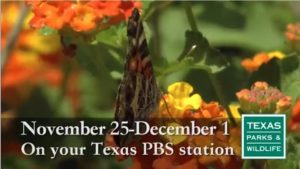

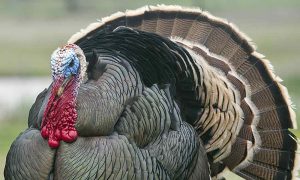
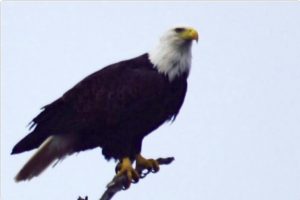
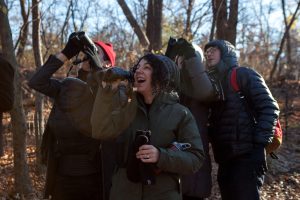
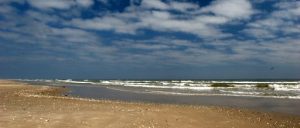

 Passport to Texas is a
Passport to Texas is a  Passport to Texas is made available by:
Passport to Texas is made available by: